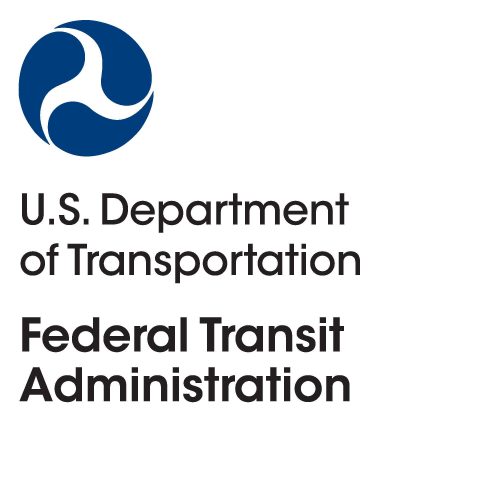President Biden, USDOT Announce More than $20 Billion for Communities of All Sizes to Support Transit This Year

President’s Bipartisan Infrastructure Law provides largest-ever investment in transit, giving riders better service while creating jobs and growing U.S. manufacturing
WASHINGTON – President Biden and the U.S. Department of Transportation’s Federal Transit Administration (FTA) today announced a more than $20 billion investment in American transit, thanks to the Bipartisan Infrastructure Law. The funding levels, detailed by FTA in apportionment tables for each of 30 programs for Fiscal Year 2022, will provide 58% more funding, enabling transit agencies to modernize and expand services for residents in communities large and small.
“Every day, transit connects millions of Americans to jobs, schools, groceries, hospitals, resources, and countless other opportunities – all while helping to reduce pollution, congestion, and traffic,” said U.S. Transportation Secretary Pete Buttigieg. “Now, thanks to the President’s Bipartisan Infrastructure Law, we are making the largest investment in public transit in our nation’s history.”
Full-year funding is available following Congressional passage of an FY 2022 appropriations bill in March. The new tables released today reflect funding increases authorized by the Bipartisan Infrastructure Law, allowing thousands of transit agencies to buy new buses and railcars, address their repair backlogs, modernize their fleets, and transition to new technologies to address the climate crisis. These upgrades will support the expansion of U.S. manufacturing due to Buy America requirements that apply to steel, iron and other materials used in public transportation projects that receive federal assistance.
“This funding will open more doors to Americans than ever before,” said FTA Administrator Nuria Fernandez. “Every time a door opens on a bus, a streetcar, a train or a ferry, it’s another chance to connect with our communities. With this announcement, we are also helping fulfill key Biden-Harris Administration priorities by addressing equity, workforce, and climate concerns and moving toward a clean, American-made transportation future.”
Each year, more than 65 percent of the funding distributed by FTA comes from the programs informed by the formulas released today.
In February 2022, FTA released partial-year funding tables based on a series of continuing resolutions that maintained funding at FY 2021 levels. The continuing resolutions prohibited the full implementation of new programs and funding levels created under the Bipartisan Infrastructure Law, which was signed into law by President Biden in November 2021.
The FY 2022 full-year apportionment, which supports all of FTA’s diverse competitive and formula programs, supersede partial-year tables posted in February 2022. The full-year amounts significantly increase funding for many programs, including:
- $6.9 billion for the Urbanized Area Formula Program, which supports transit agencies in large U.S. cities and suburbs, 29% more than the FY21 funding level;
- $4.1 billion for the State of Good Repair Formula Program, 52% more than the FY21 funding level;
- $893 million for Rural Area Formula grants, which support transit programs in rural areas, representing 23% more than the FY21 level;
- $422 million for the Enhanced Mobility of Seniors and Individuals with Disabilities program, representing 44% more than the FY21 level;
- $45 million to support to transit programs run by tribal governments through formula and competitive grants, representing 25% more than the FY21 funding level; and
- $49 million for State Safety Oversight, representing 69% more than FY21 funding level.
The tables allow transit agencies and grant recipients to view the amounts for programs so they can better plan and manage for new and expanded transit projects that benefit their communities.
FTA has already issued Notices of Funding Opportunity (NOFO) for the FY 2022 Tribal Transit Competitive program and the Buses and Bus Facilities Competitive Program and Low or No Emission Grant Program. NOFOs for other programs will be published later this spring and summer.


